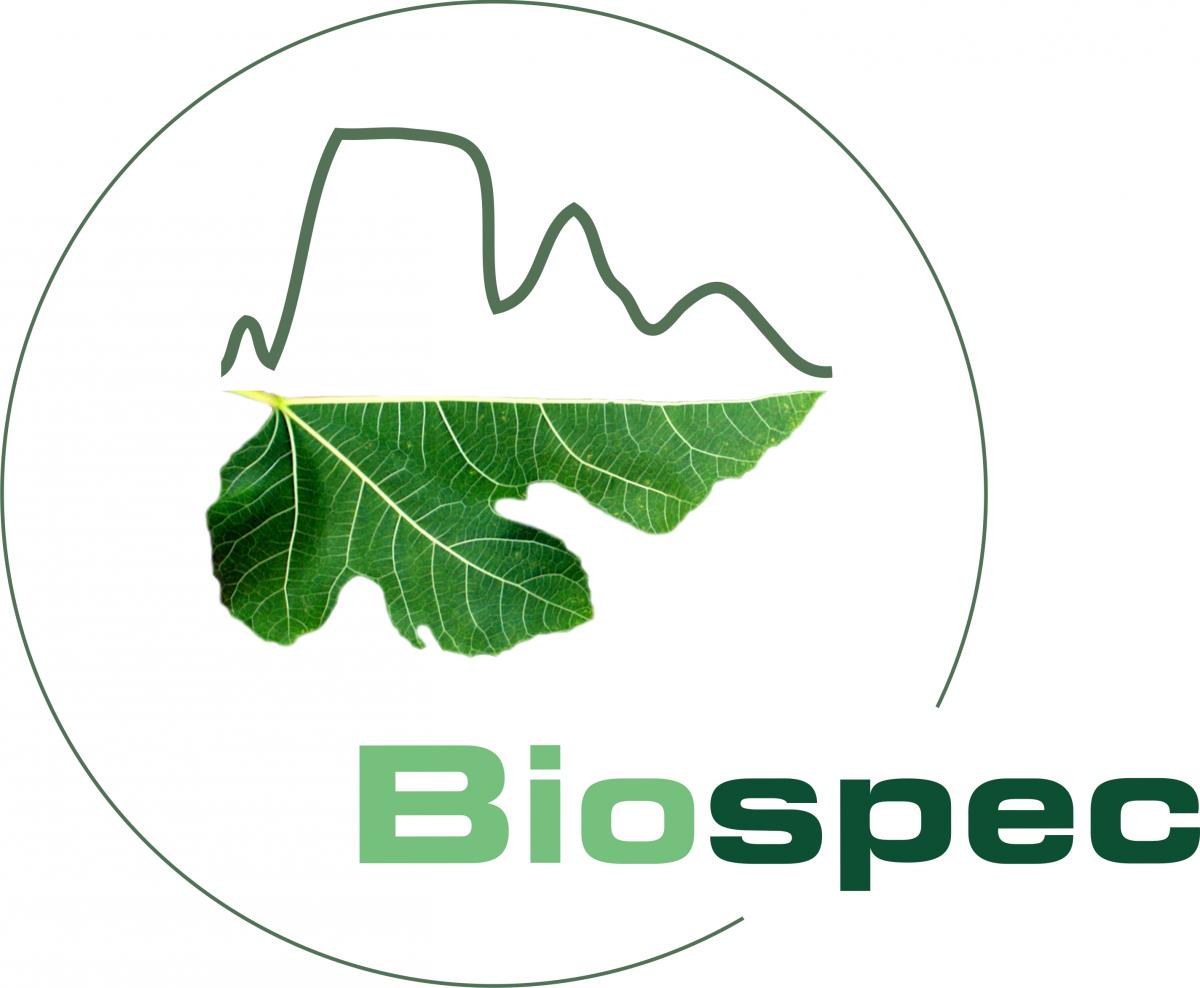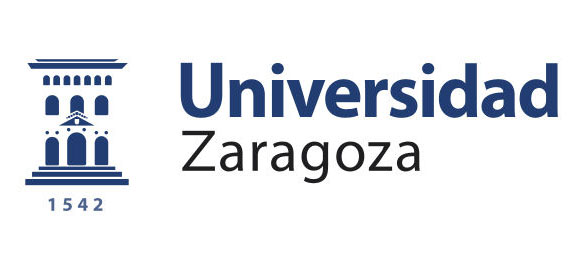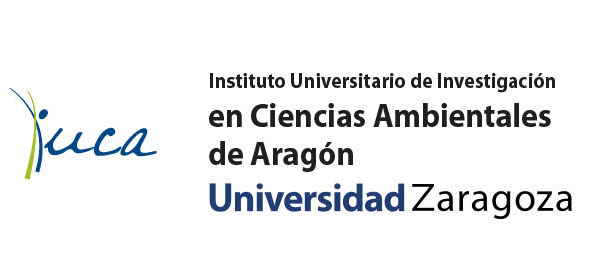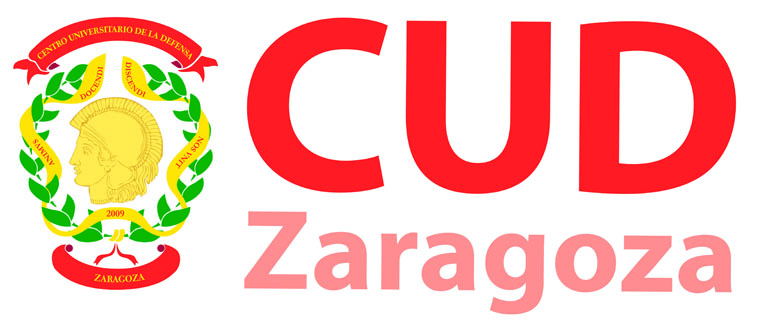Objectives
Recent studies have proven that the key to understand both the processes and spatial scaling of water and carbon estimates requires a careful fusion of observations from ground, airborne and satellite systems. However, at present, a full integration of aircraft and space-sensed spectral information with ground level water and carbon observations has not been successfully achieved. In spite of the clear potential of remote sensing to generate inputs for global models of natural ecosystem biogeochemical cycles, some methodological issues still limit the consistence and robustness of some current global remote sensing products in particular for Mediterranean areas with complex vegetation structure. Further investigation is required to know how properly use remote sensing sources at different scales and for different ecosystem types, in order to improve accuracy and consistency and further applicability of these global products. FLUXNET will contribute to this area of research considering:
a) Spatial issues: related to the restricted spatial representativeness of EC fluxes trough out the effective integration of optical sampling at EC sites with airborne and satellite data. The scale-appropriateness of the spectral measurements relative to the spatial sampling of EC will be investigated.
b) Temporal issues: analyzing the dynamic of changes: daily (from continuous ground sensors), seasonally (combining continuous ground sensor with high resolution airborne data) and, historically (using time series of satellite data)
The general objectives of FLUχPEC are:
1. To contribute to the effective integration of continuous hyperspectral measurements, thermal, lidar and eddy covariance data in order to improve monitoring of water and carbon fluxes
2. To investigate on the relationships between ecosystem biophysical parameters, carbon fluxes and spectral information using empirical as well as physical models such as those based on radiative transfer theory.
3. To assess the capacity of proximal and remote sensing to track the dynamics of EC fluxes at different temporal scales: daily, seasonally and inter-annually
4. To integrate project activities and results in international networks connecting spectral and flux measurements such as SpecNet and Eurospec









